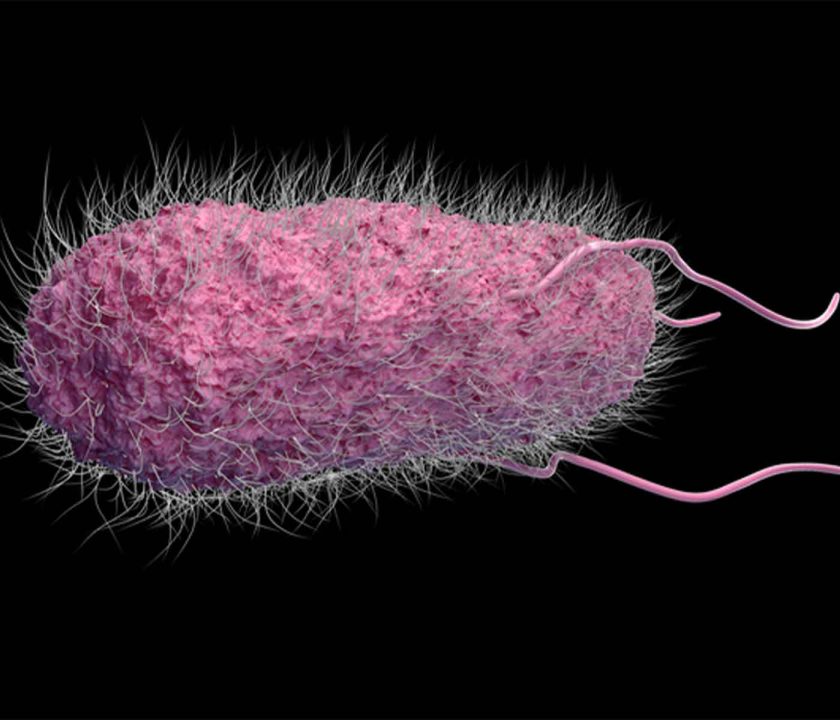Content available at: Español (Spanish)
The detection methods for Salmonella vary depending on the bacterial species in question.
- For example, slightly different strategies are followed for the detection of S. Gallinarum (SG), S. Pullorum (SP), and mobile Salmonellas (including S. Enteritidis (SE), S. Typhimurium (ST), S. Hadar, S. Heidelberg, S. Virchow, S. Infantis, S. Kentucky, and others.
- The sample type also varies depending on the species of bacteria to be detected.
- It is best to look for certain species of bacteria in the environment (SE, for example), in processing plants (S. Kentucky), or in the birds themselves (SG and SP).
SALMONELLA PULLORUM (SP) & S. GALLINARUM (SG)
These two species are species specific and are pathogenic microorganisms for birds. Both can be devastating to the poultry industry, so the detection of these microorganisms is critical. The focus on both types of bacteria should always detect them in the birds themselves, either the breeders or the progeny. Both SG and SP can cause systemic infections, so culture specimens should include:
- INTERNAL ORGANS
- REPRODUCTIVE TRACT
- INTESTINAL TRACT
It is common for the organs and tissues that represent each of these systems to be pooled for culture. Before removing the tissues to prepare separate organ pools, blood agar or other non-selective media should be inoculated directly with MacConkey agar (MAC) from any organ showing macroscopic lesions.
- If there are no suspicious colonies after 24 hours, the sample should be incubated for an additional 24 hours before discarding sample.
- Most protocols for isolation require enrichment with tetrathionate broth incubated at 37 ° C.
SG and SP are not as tolerant to high temperatures as other salmonella species. Therefore, they should not be cultivated at 42 ° C during the first 24 hours before being inoculated in plates of a slightly selective culture medium. In contrast, in mobile Salmonella cultures, incubation is carried out at 42 ° C in these first 24 hours.
At the same time, direct sowing is done on selective media, such as bright green supplemented with novobiocine, commonly known as BGN. If you are also looking for other salmonella species such as S. enteritidis (SE), then cultures on XLT4 agar plates (Xylose, Lysine, Tergitol) should be added.
Keep up to date with our newsletters
Receive the magazine for free in digital version
REGISTRATION
ACCESS
YOUR ACCOUNT
LOGIN
Lost your password?

